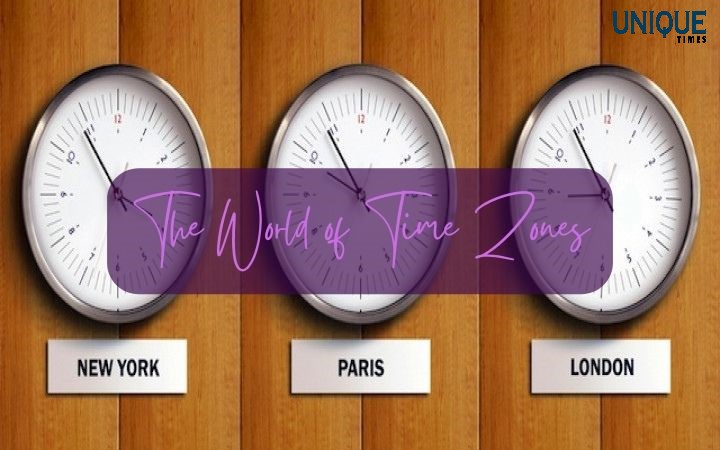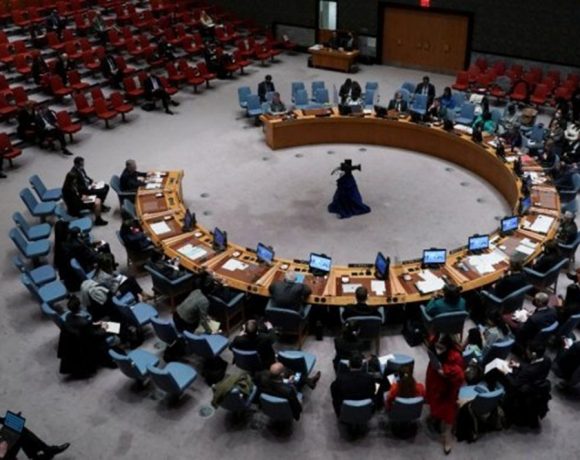Unraveling the Tapestry of Time Zones: Exploring the Global Impact of Temporal Synchronization

Time, an intangible yet omnipresent dimension, governs our lives in ways both profound and subtle. As humanity continues to traverse the digital age and a globally interconnected world, the significance of time zones and temporal synchronization has become increasingly vital. This intricate system of temporal delineation shapes our daily routines, international commerce, and cultural exchanges, underscoring the intricate interplay between geographical diversity and temporal unity.
The Genesis of Time Zones: A Historical Perspective The genesis of time zones can be traced back to the 19th century, when the rapid expansion of rail networks necessitated a standardized method of timekeeping. The efforts of individuals such as Sir Sandford Fleming and the establishment of the Greenwich Mean Time (GMT) laid the groundwork for the modern concept of time zones, revolutionizing global communication and transportation.
Geographical Diversity and Cultural Contexts: Time Zones Across Continents The intricate mosaic of time zones across continents reflects the profound diversity of human civilizations and geographical landscapes. From the International Date Line, demarcating the transition of days, to the intricacies of daylight saving time observed in various regions, the cultural contexts and historical legacies embedded within each time zone underscore the intricate relationship between time and societal norms.
Economic Implications and Global Commerce: The Impact of Temporal Synchronization In an era characterized by rapid globalization and cross-border trade, the harmonization of time zones plays a pivotal role in facilitating seamless international commerce and financial transactions. The establishment of coordinated business hours, synchronized market openings, and real-time communication platforms exemplifies the indispensable role of temporal synchronization in fostering global economic integration and market efficiency.
Technological Advancements and Digital Connectivity: Navigating Time Zones in the Digital Age The proliferation of digital technologies and the advent of a globally interconnected cyberspace have redefined the significance of time zones in the contemporary era. With the rise of virtual collaboration, remote work, and 24/7 connectivity, individuals and organizations navigate a seamless continuum of time zones, transcending geographical boundaries and temporal constraints to foster continuous global interaction and knowledge exchange.
Challenges and Considerations: Bridging the Gaps in Temporal Disparities Despite the benefits of temporal synchronization, challenges persist, particularly in regions where geopolitical, cultural, or infrastructural factors create disparities in the adoption and adherence to standard time zones. The discrepancies in daylight saving time practices and the socio-economic implications of temporal misalignments underscore the need for inclusive policies and collaborative initiatives aimed at bridging temporal gaps and fostering global temporal coherence.
The Future of Temporal Synchronization: A Vision for Global Temporal Unity As we navigate an increasingly interconnected world, the future of temporal synchronization lies in the convergence of technological innovation, cultural understanding, and global cooperation. Through the promotion of standardized timekeeping practices, the facilitation of cross-border temporal collaborations, and the cultivation of a shared temporal consciousness, we can aspire to achieve a more unified, synchronized, and globally integrated temporal landscape.
Conclusion: The tapestry of time zones weaves a complex narrative of historical, cultural, and technological evolution, underscoring the indispensable role of temporal synchronization in shaping our interconnected global society. As we continue to navigate the intricacies of temporal diversity and strive for global temporal unity, let us recognize the significance of time zones as not merely markers of temporal distinction but as bridges that connect us across continents and cultures, transcending temporal boundaries to foster a shared understanding of our collective journey through time.
Picture Courtesy: Google/images are subject to copyright








